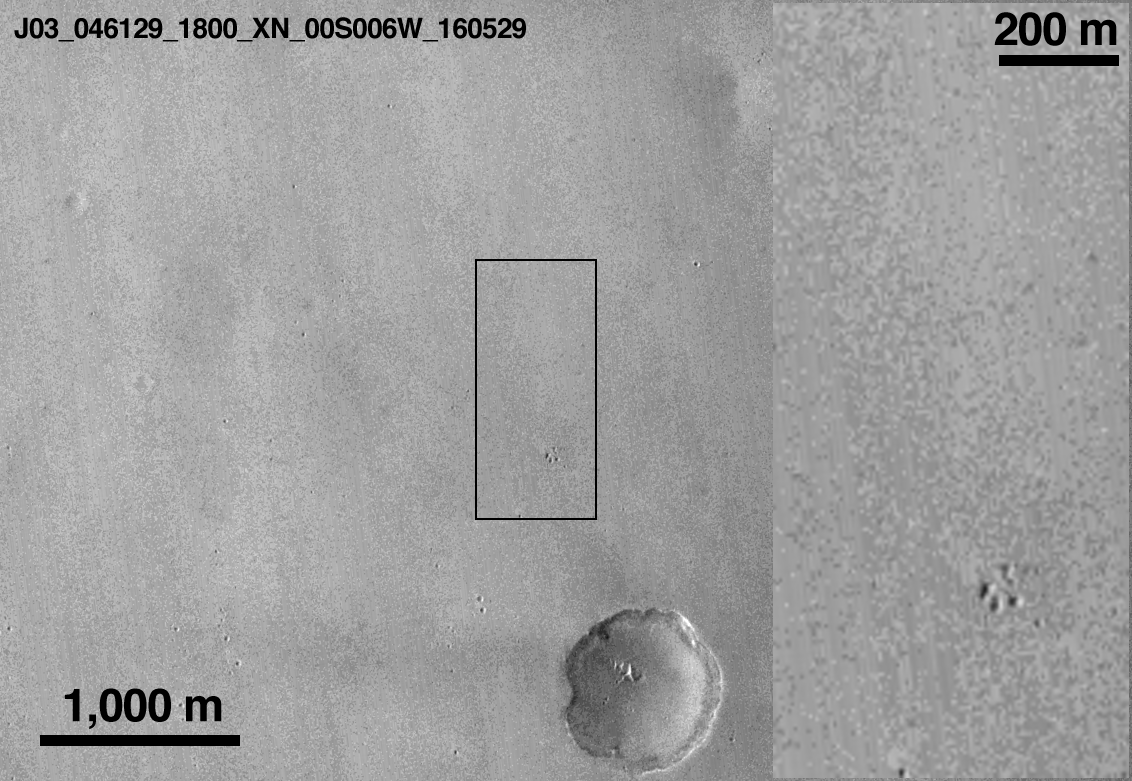- Joined
- 9 October 2009
- Messages
- 21,976
- Reaction score
- 13,637

http://www.telegraph.co.uk/finance/newsbysector/industry/engineering/11232982/How-Rosetta-comet-mission-is-putting-Space-City-Stevenage-on-the-map.html
Tucked away in another part of the Stevenage site, ADS is working on another out-of-this-world mission: Exomars. The company has created the largest simulated Martian landscape outside the US and is using this 30 metre by 14 metre space-age sandpit to develop a rover vehicle that is scheduled to begin searching for life in 2018.
Paul Meacham, system engineer on Exomars, is working with prototypes Bruno, Bryan and Bridget to create a rover that’s smart enough to steer and drive itself, rather than wait the 20 minutes that radio commands take to arrive from earth – essential when the vehicle will only have a limited lifespan in the harsh Martian environment.
The six-wheeled vehicle will also be capable of overcoming rocks up to 25cm high and have the “brains” to avoid any bigger than that. This capability is something the American’s Mars rover didn’t have and developing the programming to do that is Meacham’s job, along with his colleagues, who will be building the rover itself.
“We know quite a bit about the Mars landscape,” says Meacham, standing by the simulated landscape.
“So the sand in here has been sieved so the grains are the same size as on Mars… the sand has been washed and dried so it has the same cohesion and doesn’t clump. It would be different to drive on if it did.”
A barrage of LED bulbs mean the light is in the same spectrum as the red planet so the cameras being used are performing under the same conditions as on Mars.
Although the ADS’s Mars environment is just for prototypes, the Bruno and Bryan models are close to how the final rover will look.
For example, the wheels are all metal, containing no rubber, for fear of contaminating Mars with organic materials.
“It’d be pretty pointless,” says Meacham. “Bringing an organic compound [like rubber] when you’re searching for signs of life… which would be indicated by finding organic compounds.”
In order to further the research, ADS has just begun construction of a new clean room where the final rover that will be launched into space will be built. The specifications require it to have no more than 1,000 organic spores per square metre – the same amount as you’d find on a pinhead in a normal office.

